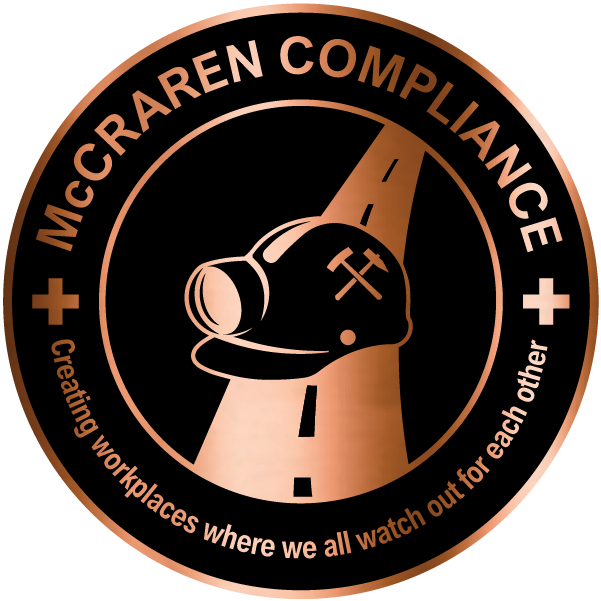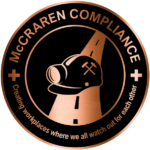
EDITOR’S NOTE: Motivating employees to work safely is part of the safety professional’s job. But who motivates the motivator? In this monthly column, veteran safety pro and professional speaker Richard Hawk offers his entertaining brand of wisdom to inspire safety pros to perform at their best.
When visiting jobsites, one of my favorite things to do is interact with workers.
As safety professionals, it’s important that workers like and trust us. I’ve gone out of my way to be friendly to everyone I’ve worked with – getting to know them as people and not just as co-workers.
Here are three advantages of building camaraderie at work.
1. It’s fun.
Building rapport can be fun if you approach it with the right spirit. I like to “clown around” a lot – not so much that it hurts my credibility or ability to do my job, but enough to make people enjoy my visits.
A few years ago, I worked with a crane operator who loved to fish. He went fishing most weekends. On Monday mornings, I’d find him and ask what he’d caught on his most recent trip. When he’d finish telling me about the whoppers he snagged, I’d tell him a joke. We worked together often and had a great relationship. Knowing each other well helped us communicate better, especially during risky lifts.
2. Workers are more likely to tell you about problems in the field.
If you like and trust someone, you’re more likely to confide in them. Many times, workers would tell me about situations and challenges that they wouldn’t have if I was just a “safety cop.” I acted on their concerns and never let work friendships stop me from handling situations properly and professionally.
3. When you visit a jobsite, people are glad to see you.
Yes, they still may dive for their hard hat if they aren’t wearing it, but, in general, when workers like you, they’re upbeat about your visits. They’re also more likely to give you great information about the job, such as what’s going well and what’s not. Your visits are an opportunity to lift workers’ spirits. (Look for more on this in a future column on how your mood can increase or decrease your risky behavior.)
One plant I worked at had more than 800 employees. That made it impossible for me to get to know everyone well. But I found a way for everybody onsite to at least see me regularly and have a chance to talk with me: I spent time in the break rooms during lunch, as well as right before quitting time on Friday.
The plant had six main departments, so each day I’d visit a different department’s break room. I’d sit and hang out with different people each visit. After lunch, I’d visit a few jobsites. The result: Even people who’d never met me still felt (and acted) like they knew me. All because of my lunchtime visits!
When inspecting a job, I don’t start by pointing out any violations or suggesting changes. Instead, I say something lighthearted and introduce myself to any workers I haven’t yet met. And then I do something that always seems to surprise some people: If I can, I go around and shake everybody’s hand and learn each of their names.
Why not try it yourself?
It’s an easy social gesture that shows you’re glad to meet someone. And I enjoy people’s reactions. I’ve learned that it’s not a typical move for a safety pro who’s inspecting a jobsite, but I believe it shows that I care about people – not just that they’re doing the job safely.
Early in my safety career, I focused on making sure everyone was following procedure. As the years went by, I realized that building relationships was just as important, even if only for a day. I find it enjoyable interacting with co-workers, whether on a construction site or in an office building. Just as importantly, it helps me do my job better. Procedures, rules, reports and permits are a vital part of our work, but they’re not the most important part. People are.
McCraren Compliance offers many opportunities in safety training to help circumvent accidents. Please take a moment to visit our calendar of classes to see what we can do to help your safety measures from training to consulting.
Original article published by Safety+Health an NSC publication


